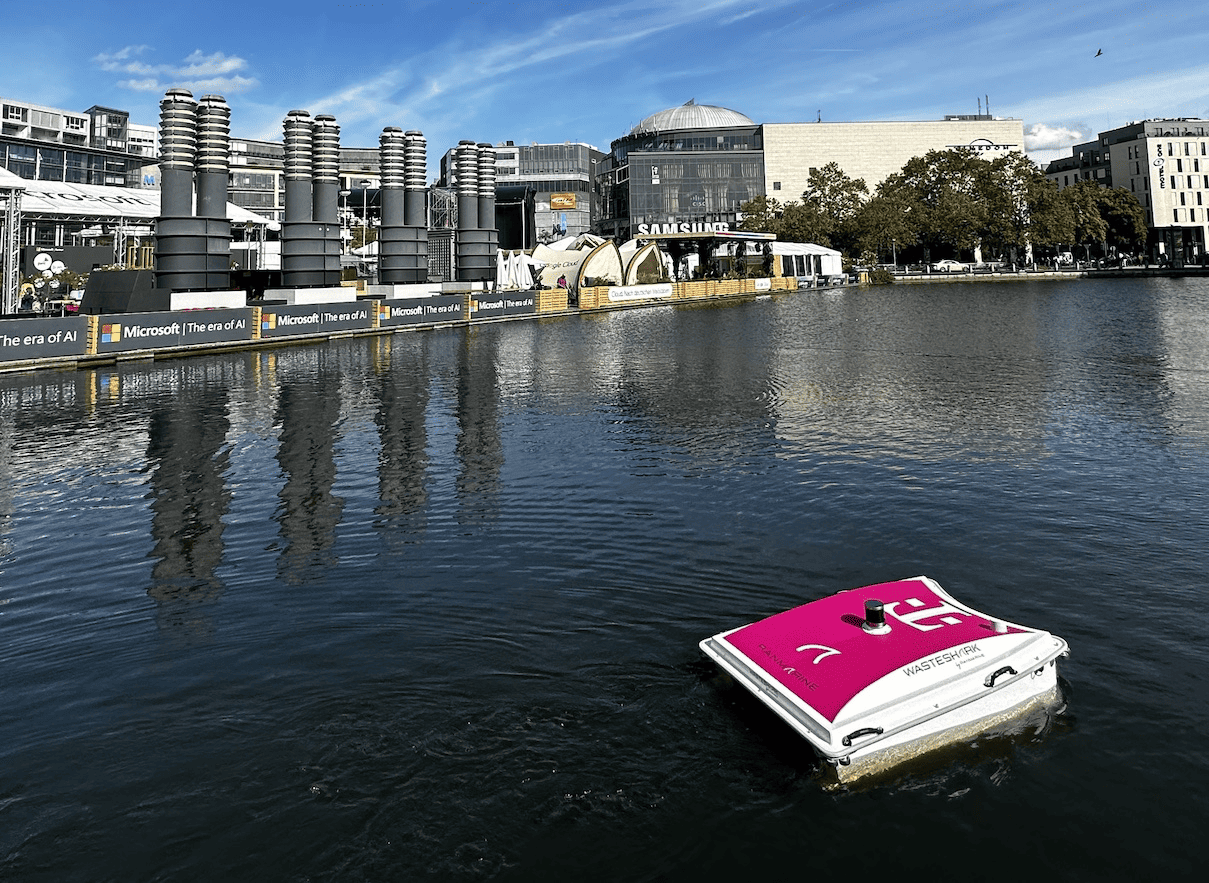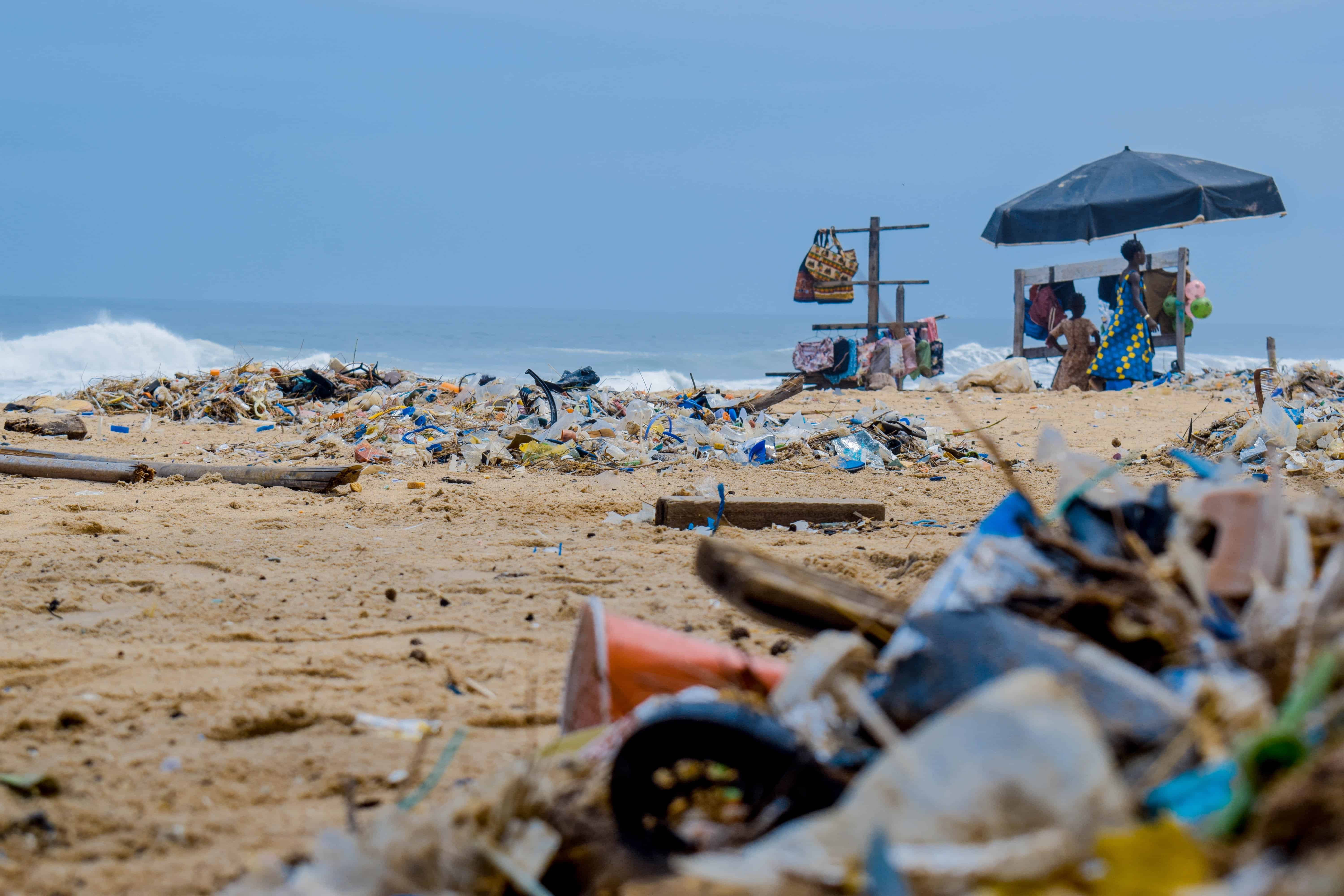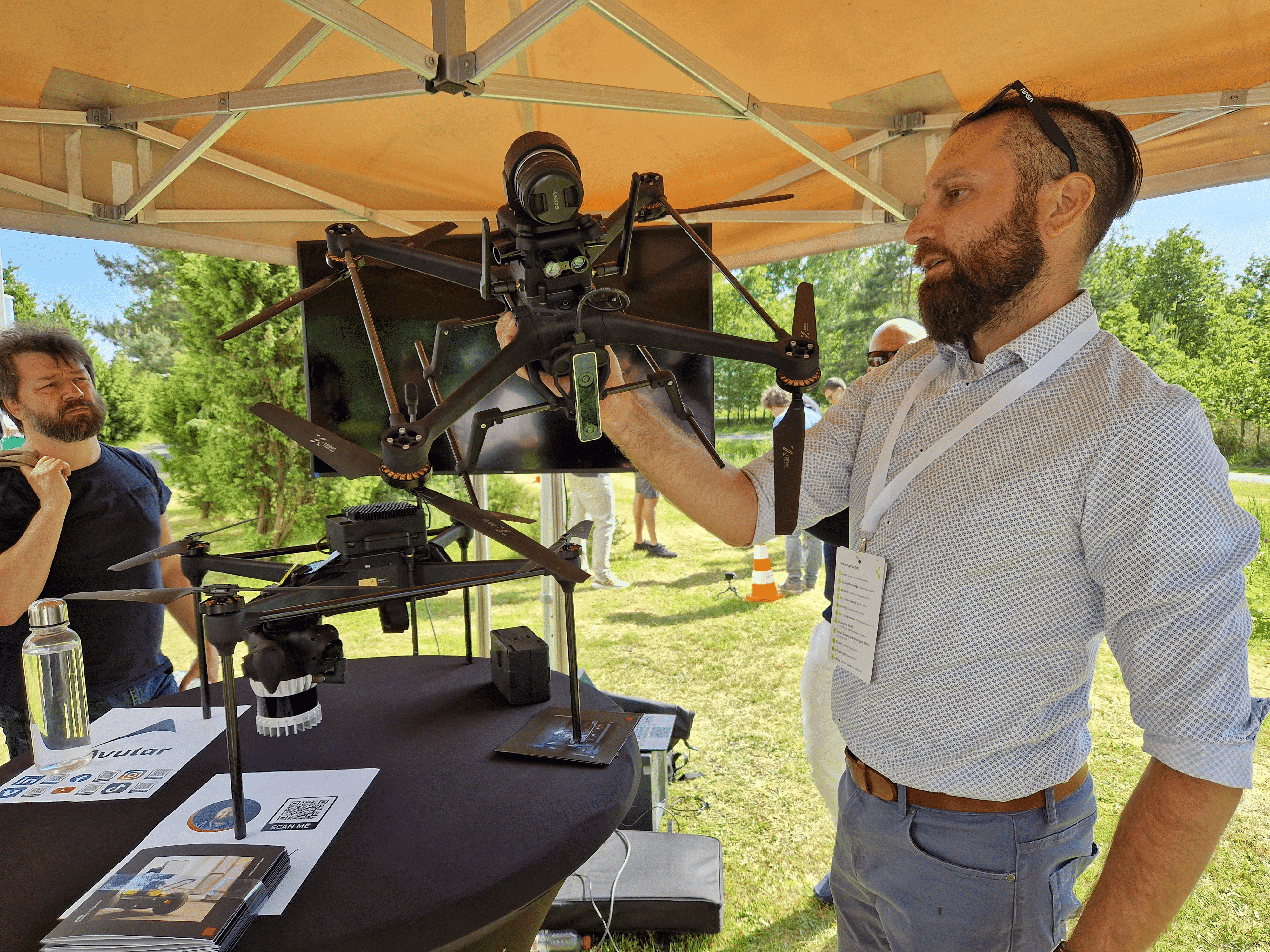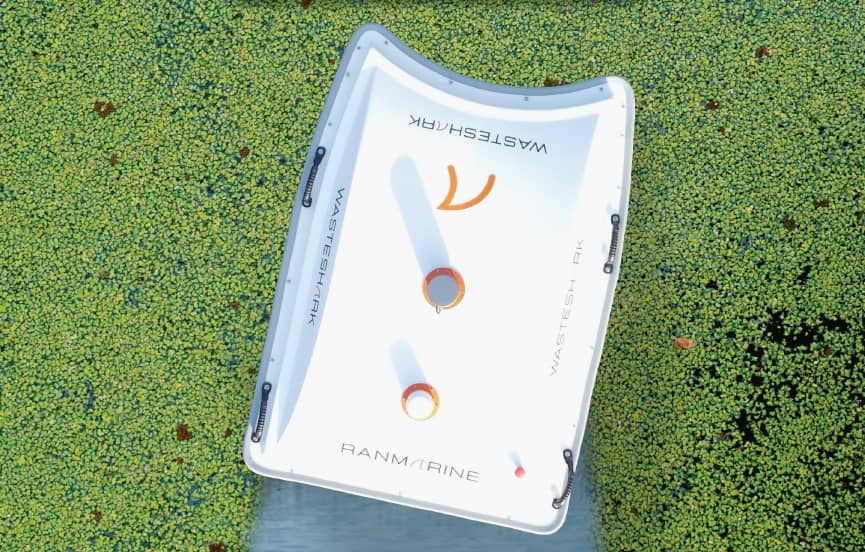
Nothing beats a dip in natural swimming water during a hot summer day, right? But every year, the same question arises again: Is the water safe for swimming, or will these awful blue-green algae prevent us from entering the water? With the WasteShark and MegaShark, RanMarine not only removes plastic waste and unwanted algae. “We are now working hard on developing an advanced MegaShark that can target the harmful and annoying blue-green algae as well,” says Richard Hardiman, CEO of the Rotterdam-based company.
- RanMarine’s aqua drones combat water pollution by removing plastic waste and harmful blue-green algae
- The MegaShark drone specifically targets harmful algal blooms
- RanMarine aims to provide proactive water quality data worldwide
In the ongoing battle against water pollution, RanMarine is making waves with its innovative water drone technology. The company is tackling the global issue of water pollution with the WasteShark and the Mega Shark: high-tech devices that glide through the water, collecting pollutants. “You can compare it to an autonomous vacuum cleaner, but instead of vacuuming your lounge, they vacuum the top thirty centimeters of waterways”, explains Hardiman. The drones are equipped with sensors and cameras and can navigate complex waterways.
The MegaShark
Natural waters face a big problem nowadays: algal blooms. The consequences of excessive algae range from unattractive appearance and unpleasant odors – bad for tourism and overall well-being – to severe disruptions in aquatic ecosystems by depleting oxygen levels and blocking sunlight, damaging plants, and harming the fish. “The blooms are fueled by excessive nutrient runoff of farmer lands and profit from climate change. As temperatures rise and the population grows, we must feed more people. That means more farming and more fertilizers. I foresee that algae will become a huge problem in the future”, Hardiman explains.
So, it was time to develop the Mega Shark drone dedicated to combating these harmful algae blooms. “The MegaShark can help restore balance to affected ecosystems.” Although Hardiman started his company with fighting floating debris like plastic in mind, the company now derives 30 to 40 percent of its revenue from removing algae.
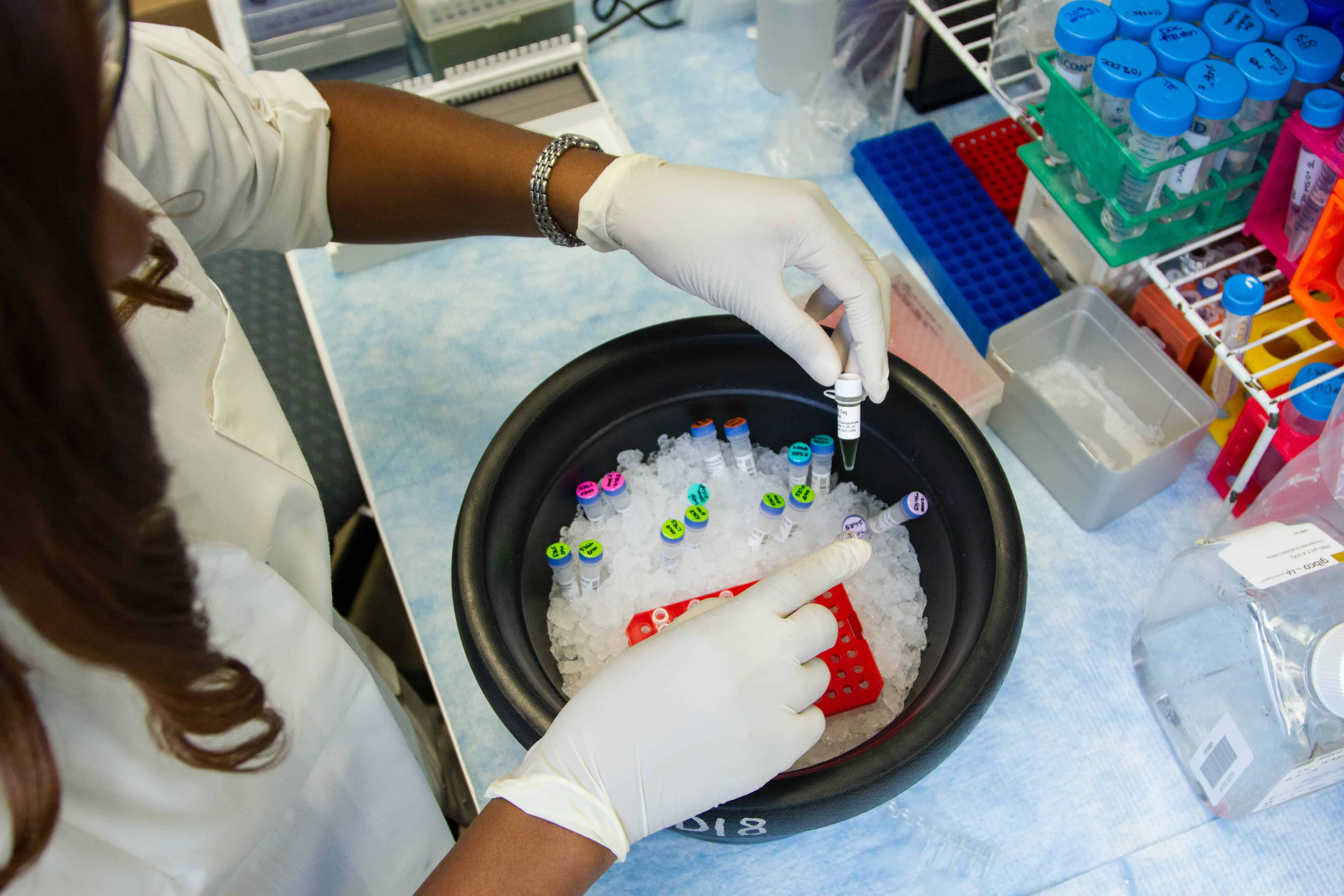
The next step: an advanced MegaShark
In the Netherlands, the prevalence of blue-green algae poses a persistent challenge, mainly due to the abundance of inland swimming locations, such as lakes and rivers. Consequently, the water quality in these areas is relatively low compared to the cleaner coastal waters. Blue-green algae can be toxic, presenting risks to swimmers and pets, necessitating measures to mitigate its harmful effects.
But there is some good news. Currently, RanMarine is working on an advanced version of the shark that tackles the problem of blue-green algae – even more complex organisms to eliminate. “This process works differently, as it is a toxic bacterium, not algae,” Hardiman explains. “So we started working with a company in the United States that patented a system to remove these blue-green algae. They don’t have robots that can swim around, but we do. A golden combination. Our modified drone kills the blue-green algae without using chemicals. Our vessel will pass over the surface of the algae, filtering the water and pushing it through a three-stage process, where sonic treatment (using sound waves) is one of the steps. Currently, we’re in a testing stage where we combine this technology with our robots. We will be able to offer this solution soon. Certainly, we’ll have it in place by next year.”
The WasteShark
RanMarine’s adventure started years ago with the WasteShark, RanMarine’s pioneering drone. It is specifically designed to tackle floating waste. These sharks have a large storage capacity, allowing them to collect up to five hundred kilograms of floating debris daily, including plastic bottles, bags, and other types of floating waste. Their design enables them to maneuver through narrow channels and congested areas, such as harbors and marinas, where plastic waste tends to accumulate. The WasteShark’s ability to efficiently clean up polluted regions helps protect marine life and prevent further degradation of aquatic ecosystems.

These sharks – the design is inspired by the wide mouth of a whale shark – are now active all over the world, from India to the United Kingdom. Disneyland in Florida uses these drones to keep the lakes in the famous park clean and closer to home; in the city of Rotterdam, WasteSharks are active too.
Proactive water treatment
One of the company’s future goals is to offer proactive water quality data advice worldwide. Hardiman: “We are already looking at the temperature of the water, the chemical balance, and the sediment. We have all these great water quality probes on board.”
At this point, sometimes, we need more time to target algae. “But in the future, we should be able to monitor water from all over the world, start predicting where and when algae blooms will happen, and proactively deploy our vessels and address issues. This way, we keep our waterways as healthy and safe as possible.”



